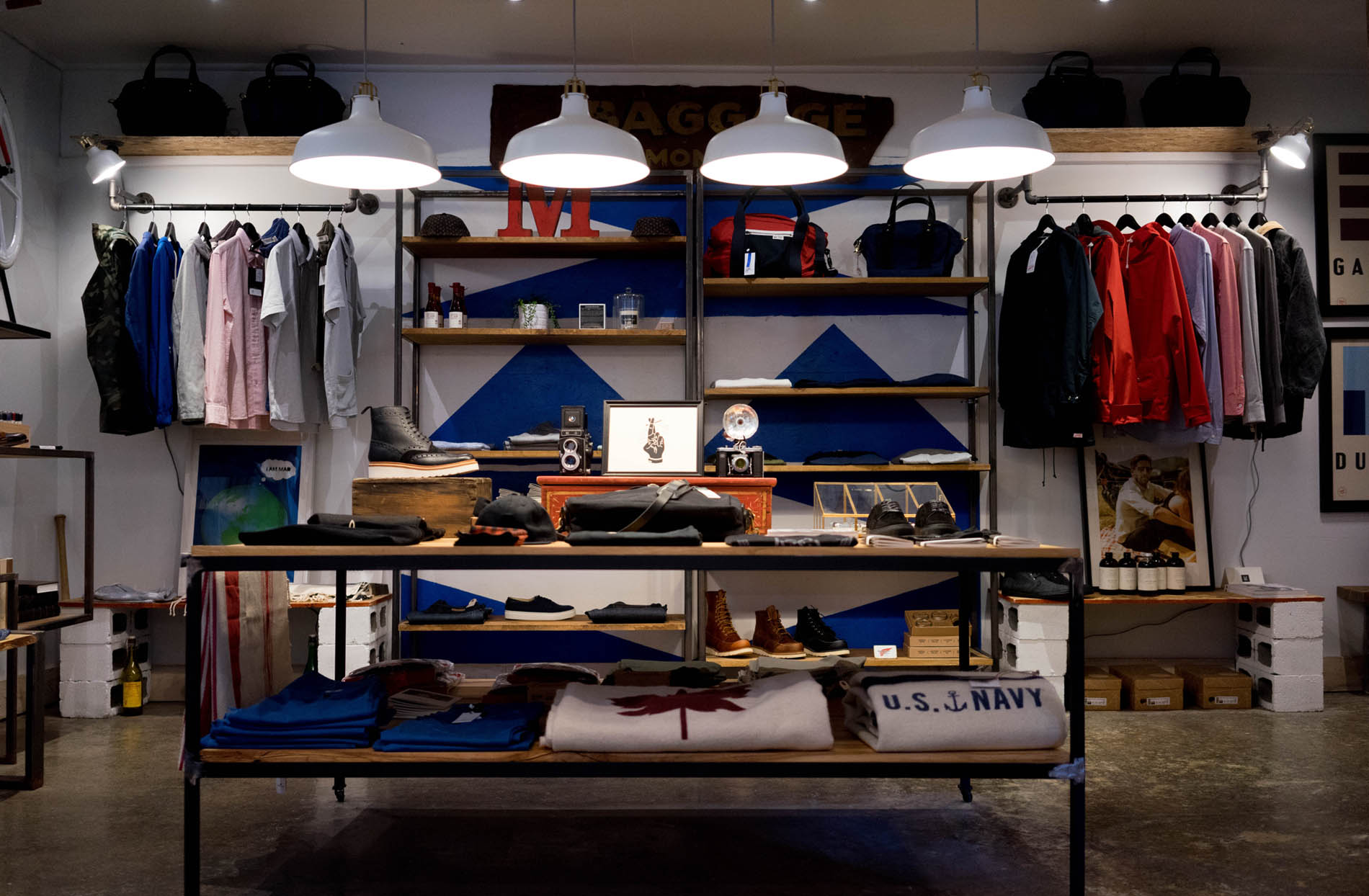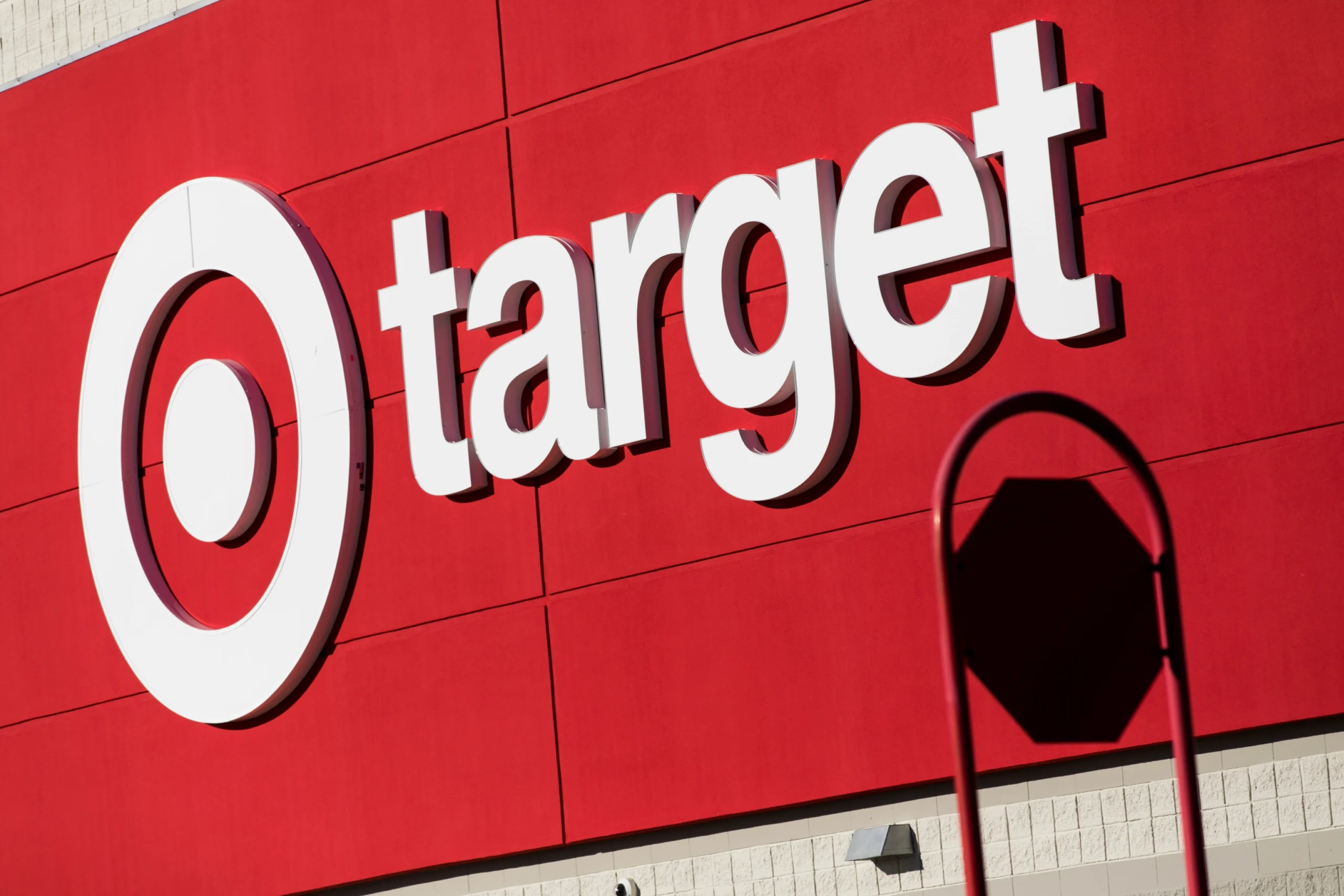Today’s consumers are seeking transparency and authenticity. A growing trend toward visibility in packaging design satisfies their need to understand the products that they buy. Clear, minimalist designs allow consumers to view the product before they buy it, fostering trust in the quality of the product. Sustainable clear materials also connect to consumers’ ecological beliefs.
Why Visibility Matters
At a time when companies are making their ethics and practices more visible, creating visible packaging does this literally, using packaging to build trust with the consumer. Shoppers can see what is inside the package, engendering trust in the quality of the product. This allows your consumers to make informed buying decisions. They feel like they have the information that they need as they can actually see the product.
How PKG Incorporates Visibility
The Consumer First® approach means that your brand listens to consumers and develops a relationship through clear, connective, and consistent messaging. Visible packaging catches shoppers’ attention by highlighting the quality of the product itself. Interest builds with a connective message that speaks to the consumers’ needs. Your brand knows these needs because you’ve reached out to consumers and continue to reach out, helping you modify packaging, messaging, and products as needed. At PKG, we can not only help you create your packaging, but we can also help you develop a consistent consumer message.
Many companies have incorporated visible packaging to solidify their transparent image:
The body product company Lush uses visible packaging to allow shoppers to see their fresh and natural ingredients, focusing on the wholesomeness of their product.
Oreo has introduced visible food packaging for some of its limited-edition cookies, garnering excitement from consumers who can see the product and want to try it.

Visibility and Consumer Engagement
Why does visible packaging work? This packaging design trend builds on consumer psychology.
- Consumers are looking for companies that are transparent about their products and practices. Visual transparency brings this home in a very tangible way, showing that you are not afraid to share what is inside your product packaging.
- Simple packaging does not overwhelm shoppers but creates a positive sensory experience. They understand the product and feel reassured when they can see it.
- Health and sustainability are important to consumers. Sharing what is inside the package can show off the fresh, natural ingredients.
Memorable packaging helps convert in-store glances into sales. Make sure that your product has an eye-catching, innovative display and is placed in an area where shoppers can easily see it. Your message should echo what your packaging and product are saying.

Best Practices for Implementing Visibility
When implementing this innovative packaging, you’ll have to balance visibility and aesthetic appeal. What are the best practices for implementing this type of packaging design?
- Ensure that transparent windows are placed to fully highlight the product
- Develop packaging that focuses on the product, centering it in the packaging design
- Use simple colors and fonts to allow the consumer to focus on the product
- Remember product information so that shoppers have all of the specifics about the product.
- Connect to recent sustainability trends and focus on recycled packaging, including recycled transparent packaging
- Collect market feedback and use it to make adjustments to your product packaging
If your brand is considering implementing visual packaging, ensure that your product is visually appealing, ready to be the highlight of the package. The surrounding messaging and colors should be simple, allowing the shoppers to focus on the product. Visible packaging can help create a trusting relationship between your brand and your consumers.
This guest blog post was provided by Kevin Keating at PKG Branding, a Chicago-based packaging and branding agency. If you are considering changing your product packaging, contact PKG Branding today. Click here to learn more.



